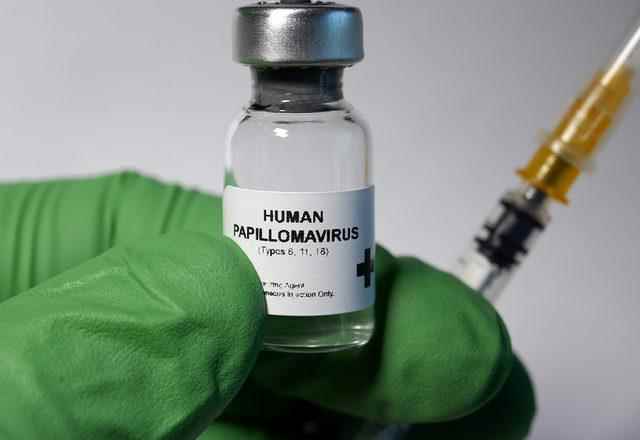Human Papilloma Virus (HPV) is one of the most common types of viruses in the world and in our country among sexually transmitted diseases in both men and women. HPV are painless, partially hard masses that appear as warts in the genital area, sometimes in a single area or sometimes in multiples. This virus causes serious health problems. Although HPV is generally transmitted sexually, it can sometimes be transmitted without having sexual intercourse. Dr. Instructor Member İrem Küçükyıldız gave information about HPV.
HPV PASSAGE BY THE AGE OF 45 IS BETWEEN 80-90 PERCENT
Sivas Cumhuriyet University, Department of Surgical Medicine, Department of Obstetrics and Gynecology, Dr. Instructor Member İrem Küçükyıldız made statements about Human Papilloma Virus (HPV). Küçükyıldız said, “HPV is shown as the most common cause of sexually transmitted infections. The rate of HPV infection up to the age of 45 is between 80-90%. Transmission is generally sexual. Sexual intercourse is not necessary for sexual transmission. Transmission by non-sexual means has also been reported. Especially vertical transmission from mother to baby is quite common.
THE MOST COMMON CANCER TYPE IN WOMEN

Dr. İrem Küçükyıldız stated that cervical cancer is the most common type of gynecological cancer seen in women, and said, “Horizontal transmission over fomites is increasing day by day. However, different types of HPV tend to infect different body parts and therefore can cause different diseases. In fact, HPV-related diseases are like a pyramid. At the top of this pyramid is cancer. And cancer should be seen as a rare complication of HPV. They cause pap-smear disorders, preinvasive diseases and warts at a much higher rate than cancer. The most expected and most likely outcome in women infected with HPV; It is to get rid of these HPV types within 2 years. Cervical cancer is the most common gynecological cancer in women worldwide and is the most common HPV-related cancer. High-risk HPV was detected in 99.7 percent of cervical cancer.
IT IS POSSIBLE TO PROTECT YOU FROM HPV WITH VACCINE

Dr. Küçükyıldız said, “Primary prevention in cervical cancer is possible with HPV vaccines. Secondary protection in cervical cancer is provided by cervical cancer screening programs. The primary goal of screening is to accurately detect and treat intraepithelial precursor lesions of the cervix in a timely manner with the aim of preventing cervical cancer. In our country, population-based cervical screening program using Pap smear started in 2004. In 2014, HPV DNA tests were included in the national cervical cancer screening program.” he said.
